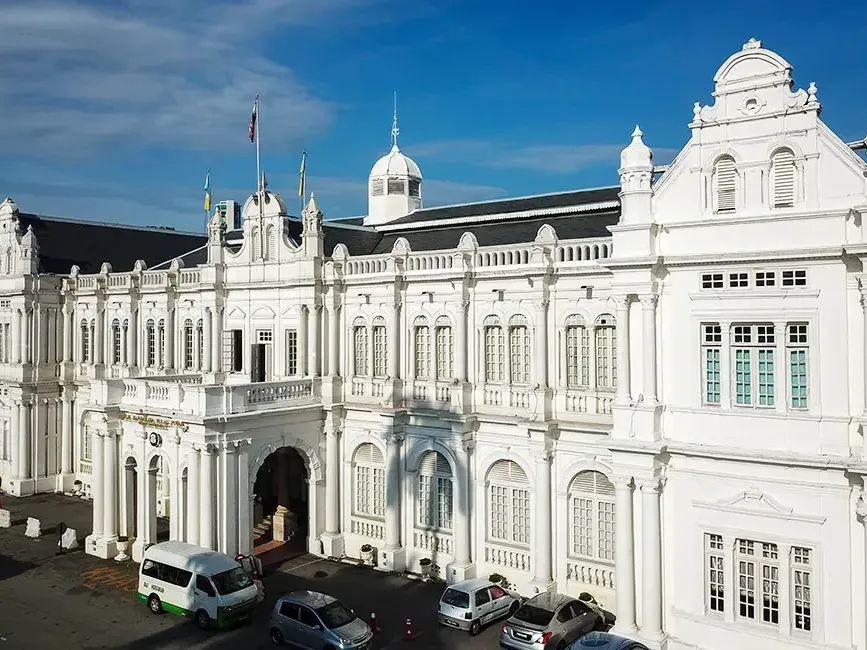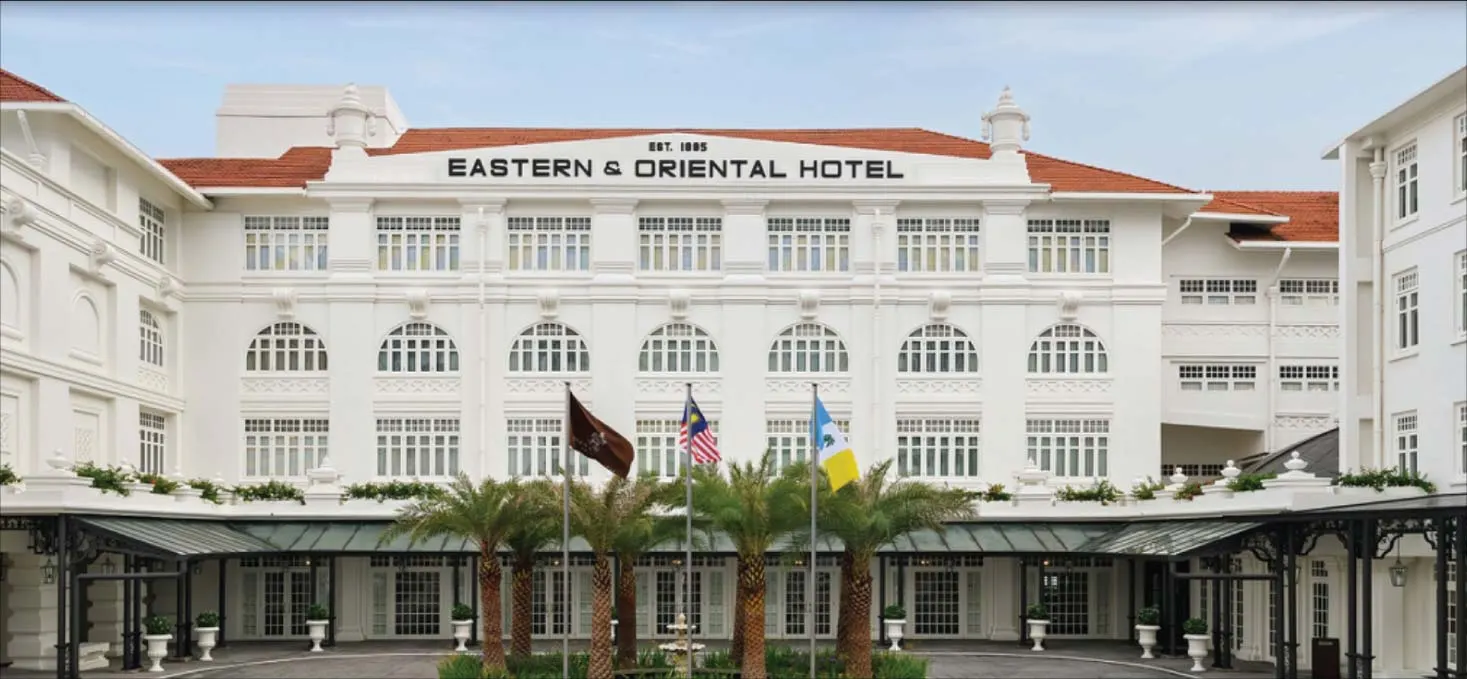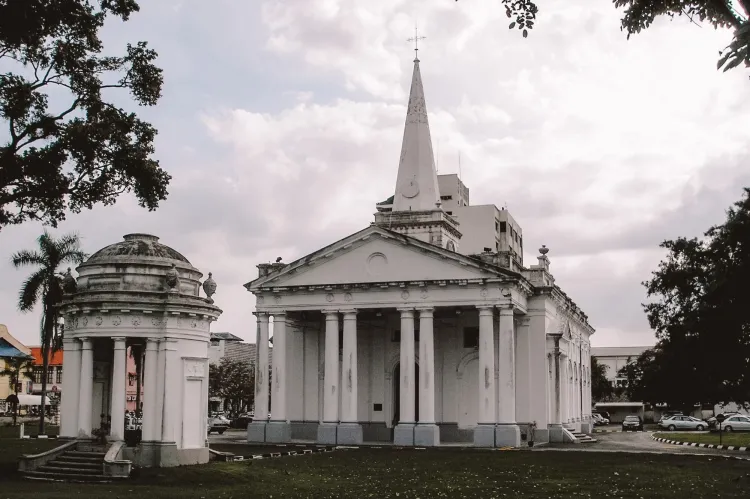George Town, Penang, is more than just a bustling UNESCO World Heritage Site filled with vibrant street art and hawker stalls. Walking through its historic streets, you’ll notice grand colonial-era buildings that stand as reminders of the city’s storied past. These structures, built during British rule, are not only visually striking but also tell the tale of George Town’s rise as a major trading hub in Southeast Asia.
In this article, we explore the most iconic colonial buildings in George Town, the stories behind them, and why they continue to shape the city’s identity today.
The History of Colonial Architecture in George Town
Colonial architecture in George Town dates back to the late 18th and 19th centuries, when Francis Light established the British settlement in Penang. Over the years, George Town grew into a city influenced by British, Indian, Chinese, and Malay communities. The architecture reflected this fusion: European design blended with tropical adaptations such as high ceilings, wide verandahs, and louvered windows to suit the Malaysian climate.
These buildings were not just places of governance or commerce—they became symbols of power, culture, and community, shaping the very fabric of the city.
Must-See Colonial Buildings in George Town
1. City Hall

Built in 1903, City Hall is one of George Town’s most impressive colonial landmarks. Designed in Edwardian Baroque style, this gleaming white structure served as the seat of the Municipal Council. Today, it remains a symbol of local governance and is often the backdrop for civic events and celebrations.
2. Fort Cornwallis
Dating back to the late 1700s, Fort Cornwallis is the oldest and largest fort in Malaysia. Originally constructed by Francis Light, the fort served as a defense against possible naval attacks. While it never saw active battle, its preserved cannons and star-shaped layout remain key attractions for history buffs.
3. Eastern & Oriental Hotel

Opened in 1885 by the Sarkies brothers, the same family behind Singapore’s Raffles Hotel, the Eastern & Oriental (E&O) Hotel is a luxurious testament to George Town’s colonial grandeur. Its sweeping verandahs, mosaic floors, and seafront location make it both a historic and cultural icon.
4. St. George’s Church

Completed in 1818, St. George’s Church is Southeast Asia’s oldest Anglican church. The neoclassical building, with its tall spire and graceful portico, reflects British colonial influence while serving as a place of worship that continues to unite the Christian community in Penang.
5. Penang High Court & Town Hall
Close to the Esplanade, the Penang High Court and Town Hall stand as legacies of British judicial and administrative presence. The Town Hall, completed in 1880, once hosted grand social events, while the High Court remains an important civic institution today.
Why Colonial Architecture Matters in George Town
Colonial architecture is more than a relic of the past—it is a living part of George Town’s identity. These buildings:
- Preserve history: They remind us of Penang’s role in global trade and colonial administration.
- Enrich tourism: Heritage walks and architecture tours attract visitors worldwide.
- Inspire culture: Many have been repurposed as museums, art galleries, and boutique hotels.
By maintaining these structures, George Town not only protects its heritage but also strengthens its appeal as a world-class travel destination.
Tips for Exploring Colonial George Town
- Start your walk from the Esplanade, where you’ll find City Hall, Town Hall, and Fort Cornwallis within minutes.
- Visit the E&O Hotel for afternoon tea to experience colonial luxury.
- Join a guided heritage tour to uncover hidden details and stories often missed by casual visitors.
- Bring a camera—the intricate details of louvered shutters, columns, and arches are perfect for photography.
The colonial architecture of George Town is a key reason why the city has earned global recognition as a UNESCO World Heritage Site. These buildings—whether they were forts, churches, or grand hotels—represent more than just old stone and mortar. They are living symbols of George Town’s history, resilience, and multicultural heritage.
If you’re planning a trip to Penang, make sure to set aside time to wander through these historic landmarks. They are not just part of the city’s past, but also a vital part of its present and future.







